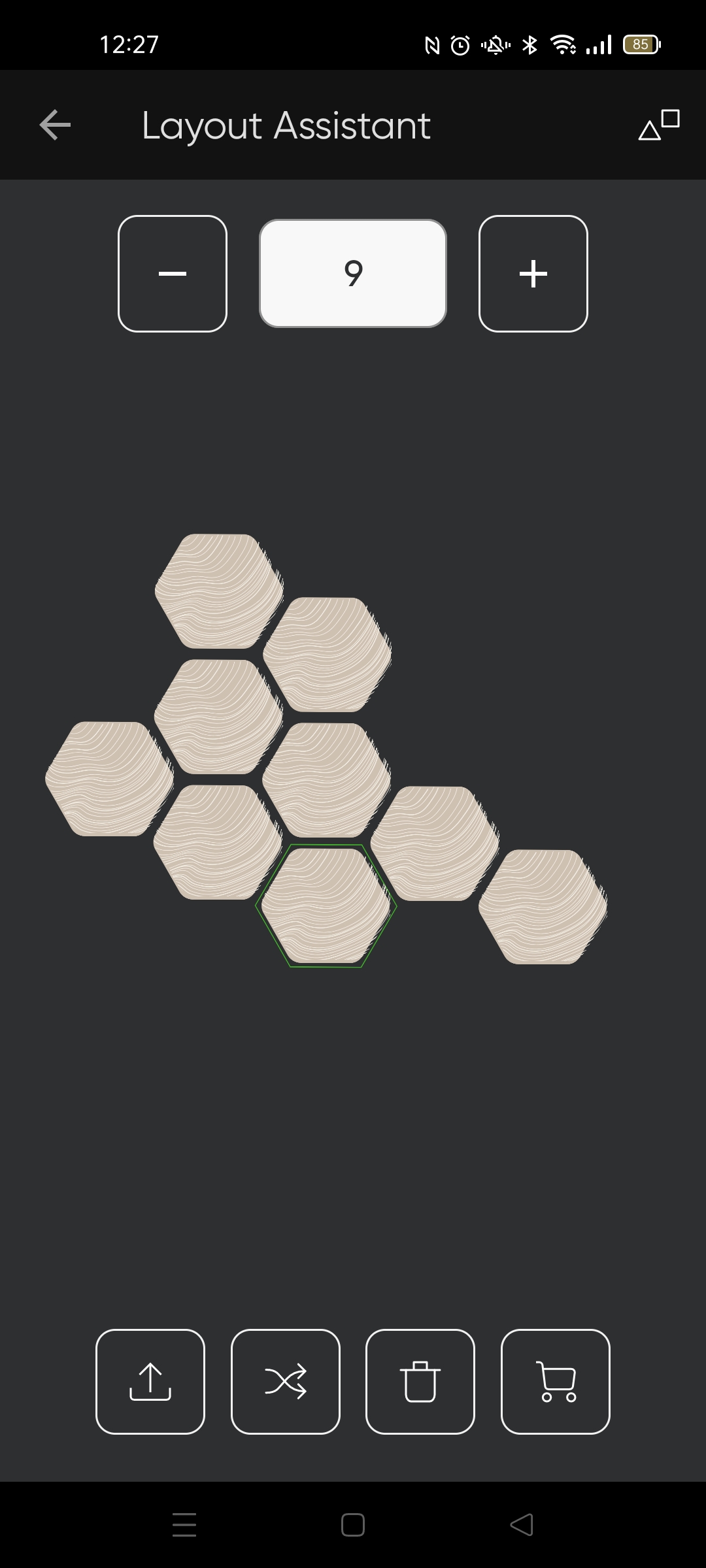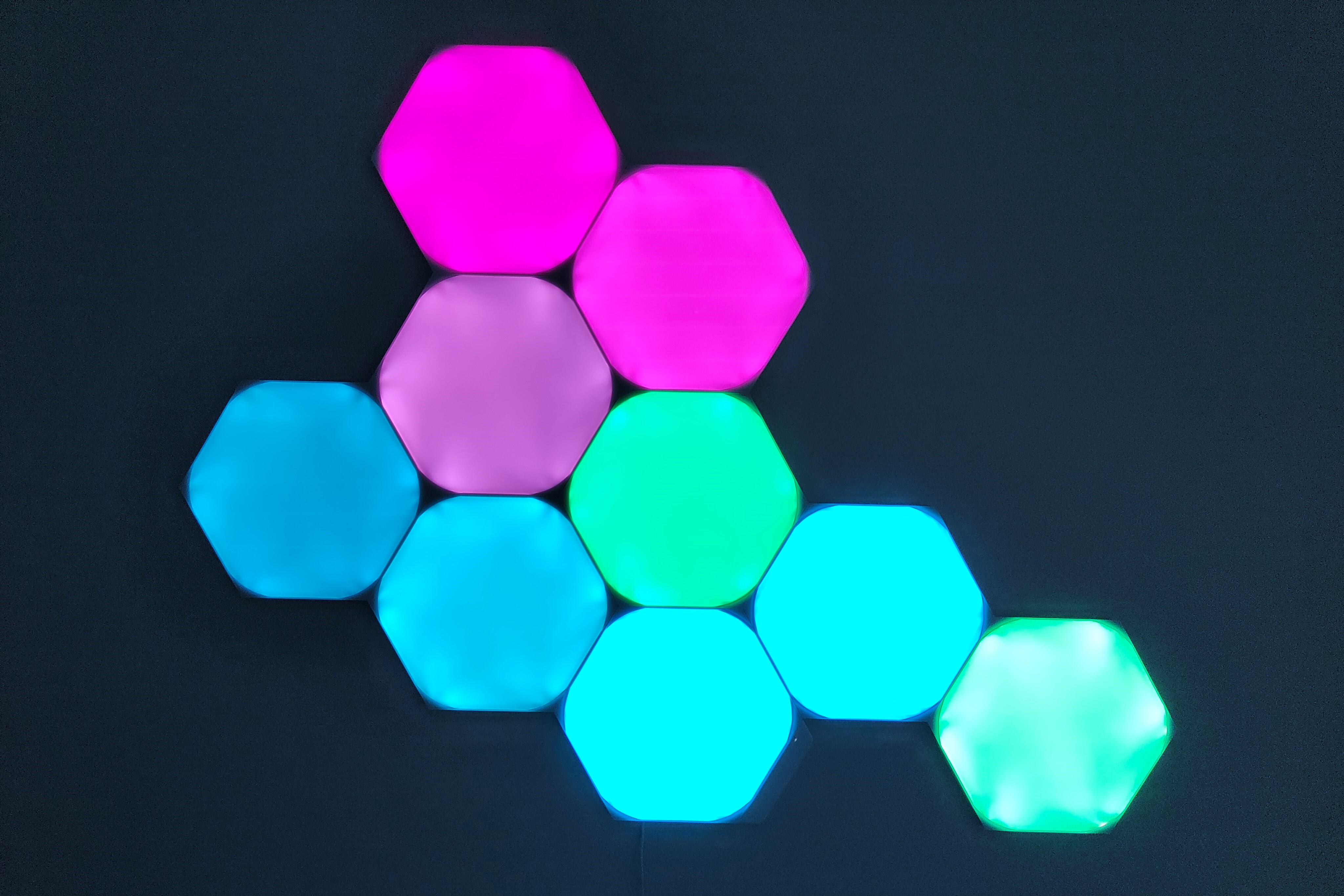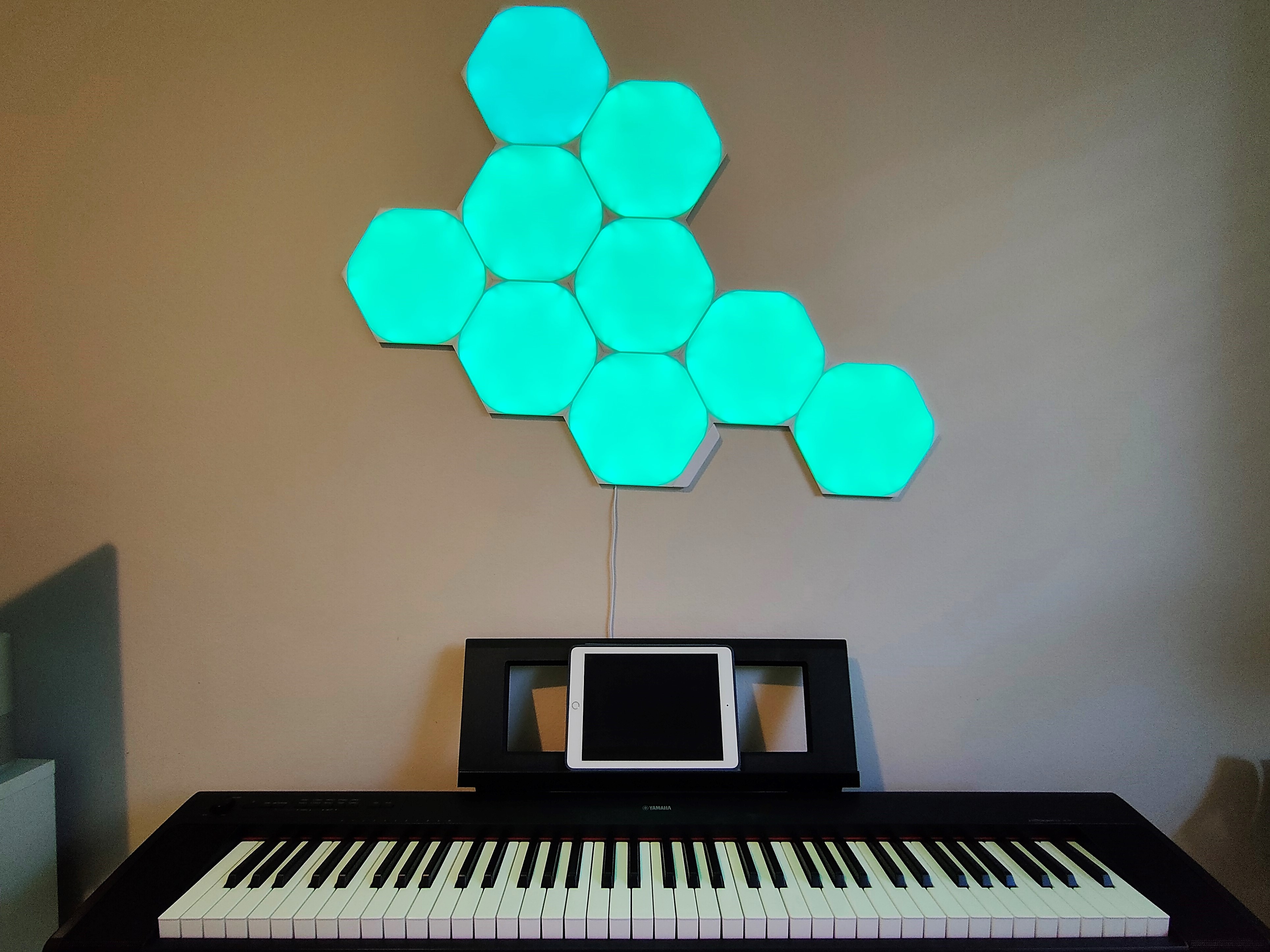Optus Mobile Review ALDI Mobile Review Amaysim Mobile Review Belong Mobile Review Circles.Life Review Vodafone Mobile Review Woolworths Mobile Review Felix Mobile Review Best iPhone Plans Best Family Mobile Plans Best Budget Smartphones Best Prepaid Plans Best SIM-Only Plans Best Plans For Kids And Teens Best Cheap Mobile Plans Telstra vs Optus Mobile Optus NBN Review Belong NBN Review Vodafone NBN Review Superloop NBN Review Aussie BB NBN Review iiNet NBN Review MyRepublic NBN Review TPG NBN Review Best NBN Satellite Plans Best NBN Alternatives Best NBN Providers Best Home Wireless Plans What is a Good NBN Speed? Test NBN Speed How to speed up your internet Optus vs Telstra Broadband ExpressVPN Review CyberGhost VPN Review NordVPN Review PureVPN Review Norton Secure VPN Review IPVanish VPN Review Windscribe VPN Review Hotspot Shield VPN Review Best cheap VPN services Best VPN for streaming Best VPNs for gaming What is a VPN? VPNs for ad-blocking The thing is, looking cool is kind of their whole gig - and that’s not a bad thing. I may not be a streamer, but damn if these lights don’t make me feel like one, and after a couple of months of testing, I’m ready to confess my love. There are expansion packs and bundles available if you’re after something to cover more wall space, but you’re looking at $119.99 for three extra panels and up to a staggering $819.99 for a 24-hexagon bundle. You can also choose which shape you want your panels to be. We opted for the more recently released hexagons, but Nanoleaf also offers triangle panels. Both shapes can be mixed and matched, though again, you will need to fork out for expansion packs to do so. In the box, you’ll find the light panels, some panel linkers, a controller, power cord, mounting brackets and mounting strips. The instructions are minimal (almost IKEA-esque) but necessary to follow if you want your panels to adhere properly. From there, it’s a matter of sticking them on a clean, relatively untextured wall, applying some pressure and rubbing in a circular motion for 30 seconds per panel to ensure adhesion (this is the aforementioned arm workout, by the way). In the Nanoleaf app, I chose the inset design for my Shapes and stuck them above my keyboard so I could feel like I was in a vaporwave landscape while bashing out “Heart and Soul”. (Just kidding, I would never do that. Unless under duress.) From the controller that comes with the starter pack, you can turn your Shapes on or off, decrease or increase the brightness, “shuffle” between different lighting modes and play the next rhythm scene (basically, lighting schemes that respond to whatever music is playing out loud). Once you’ve got the app, however, you can do so much more. In addition to the above, you can create your own colour scheme, download ones created by other Nanoleaf users, and configure another set of lights. All useful features, right? The only problem is the app itself. It’s buggy, unintuitive and far more complicated than it needs to be.


